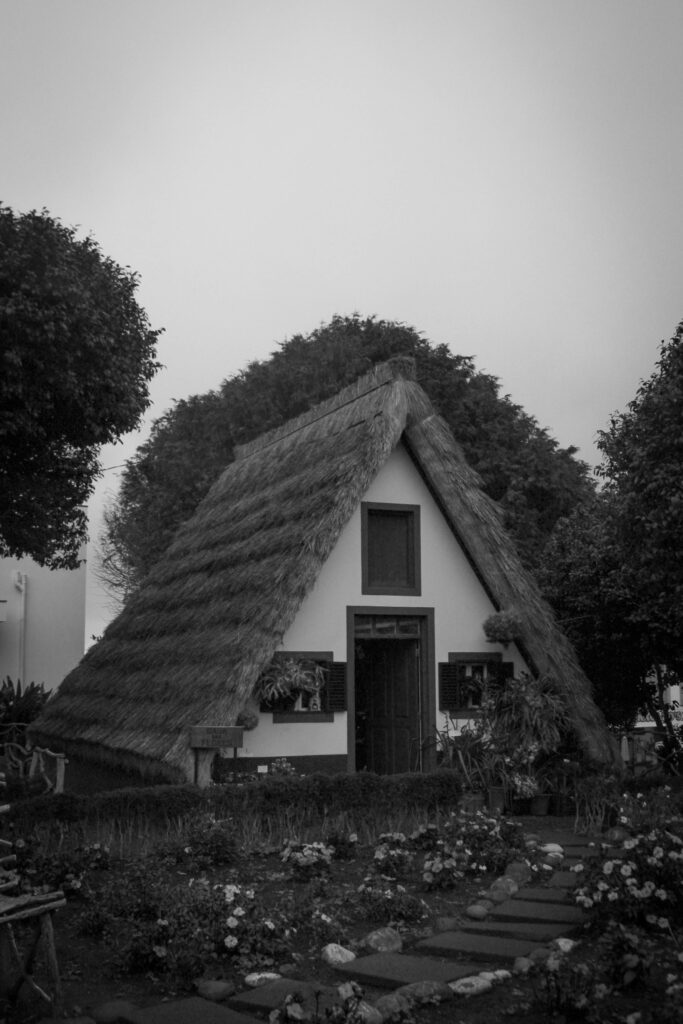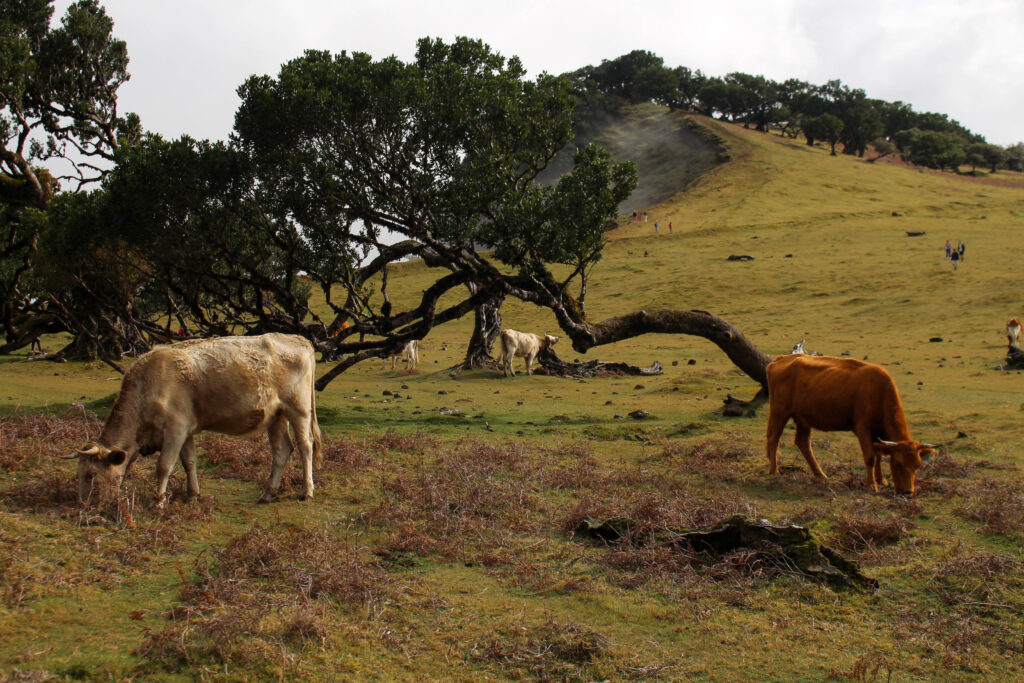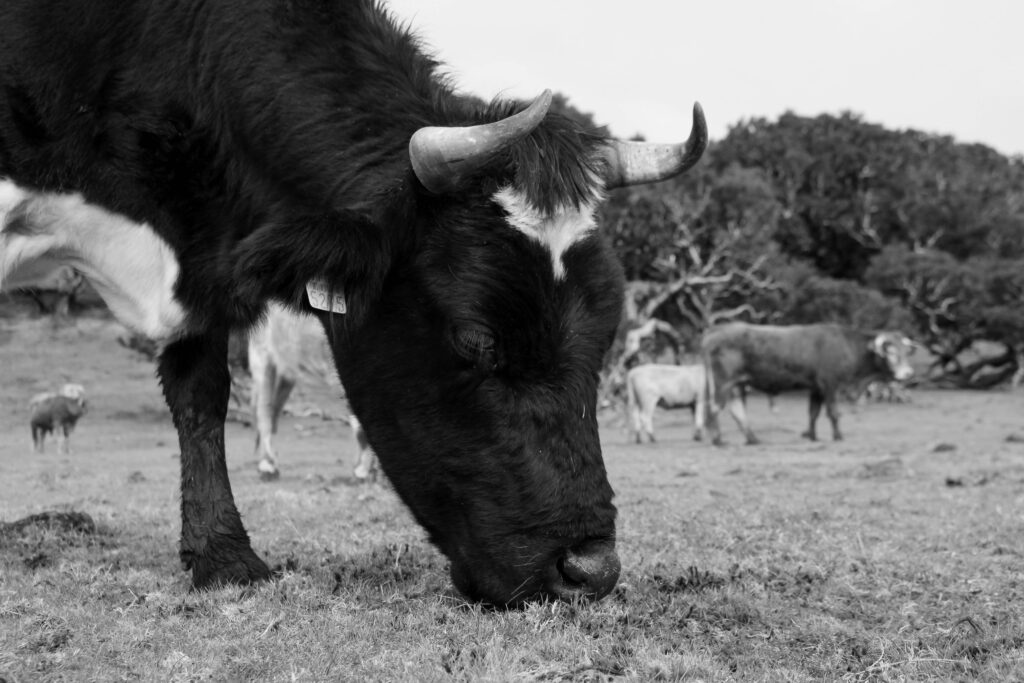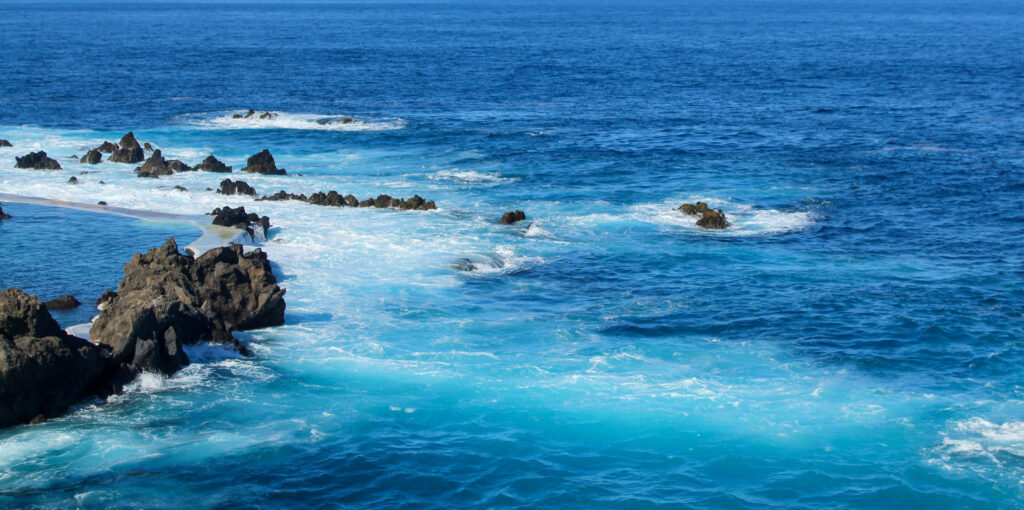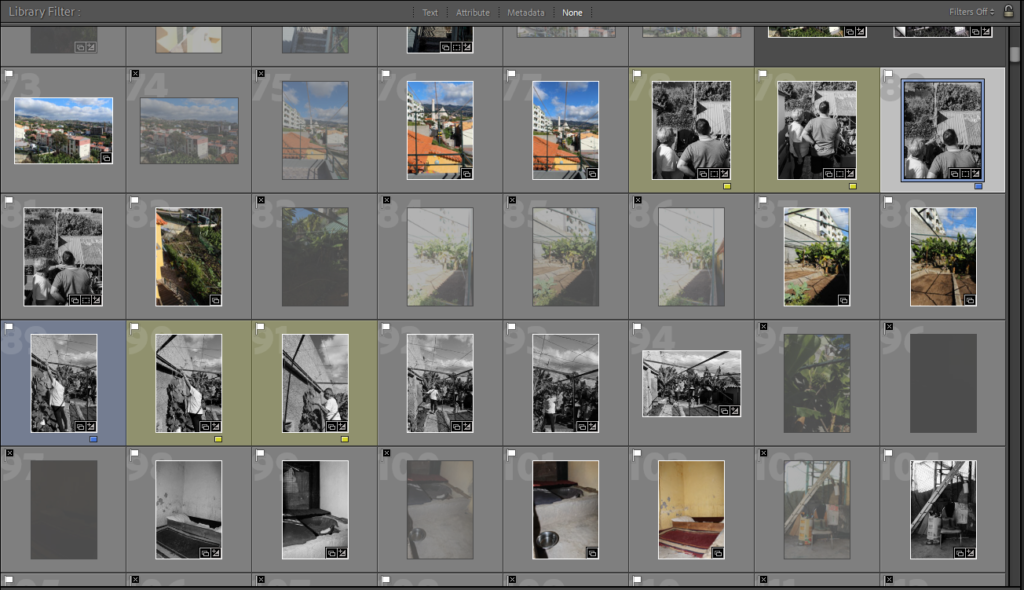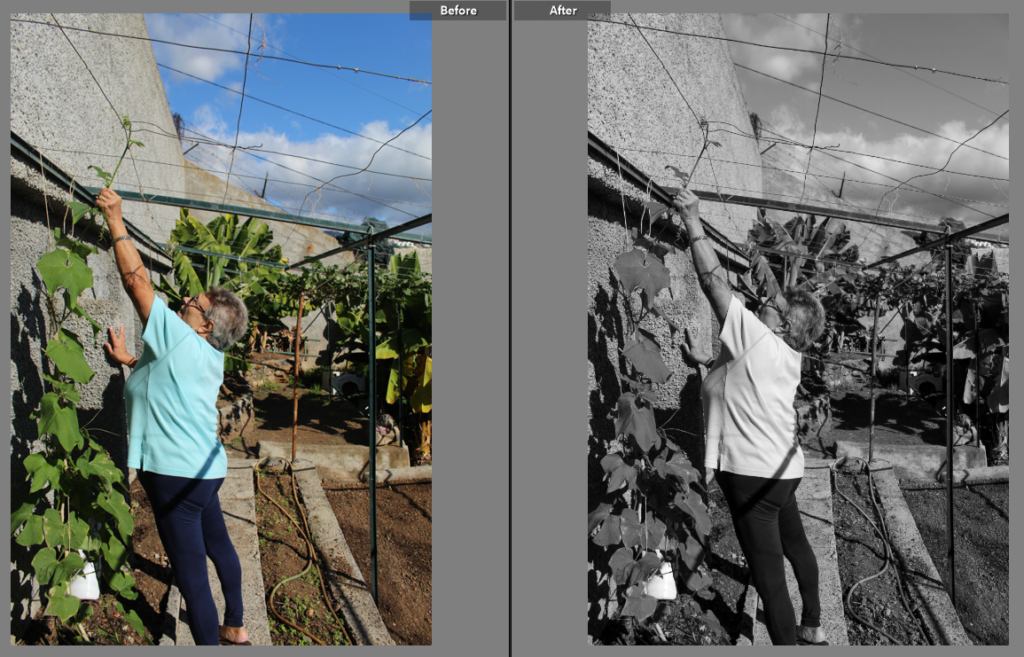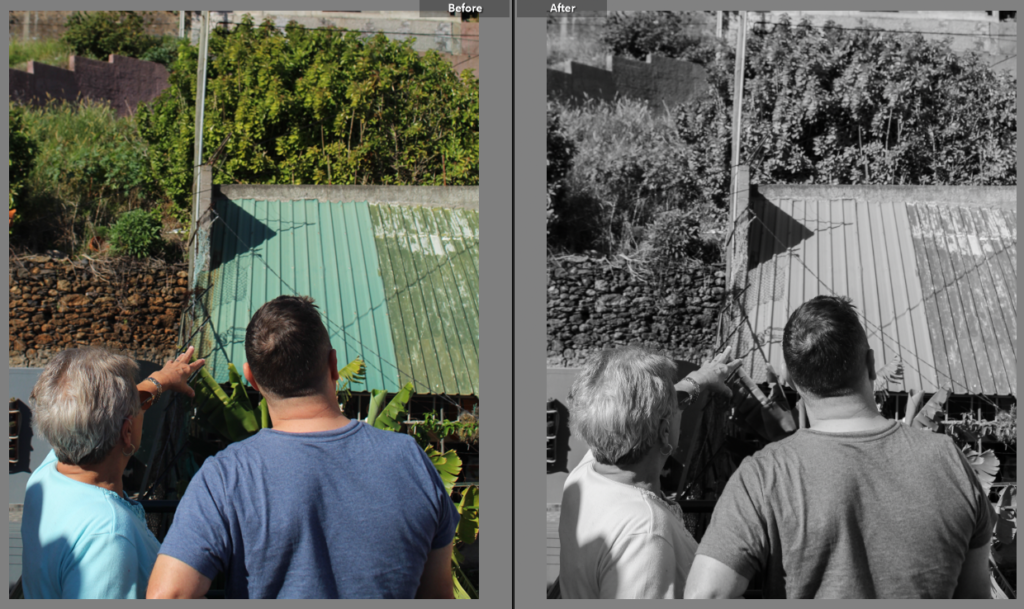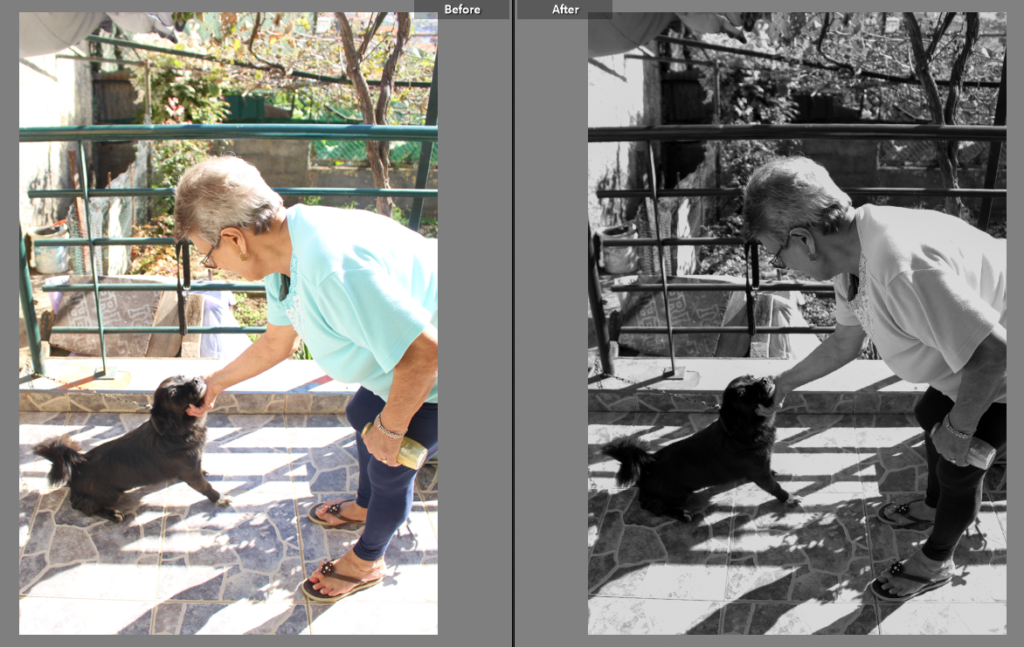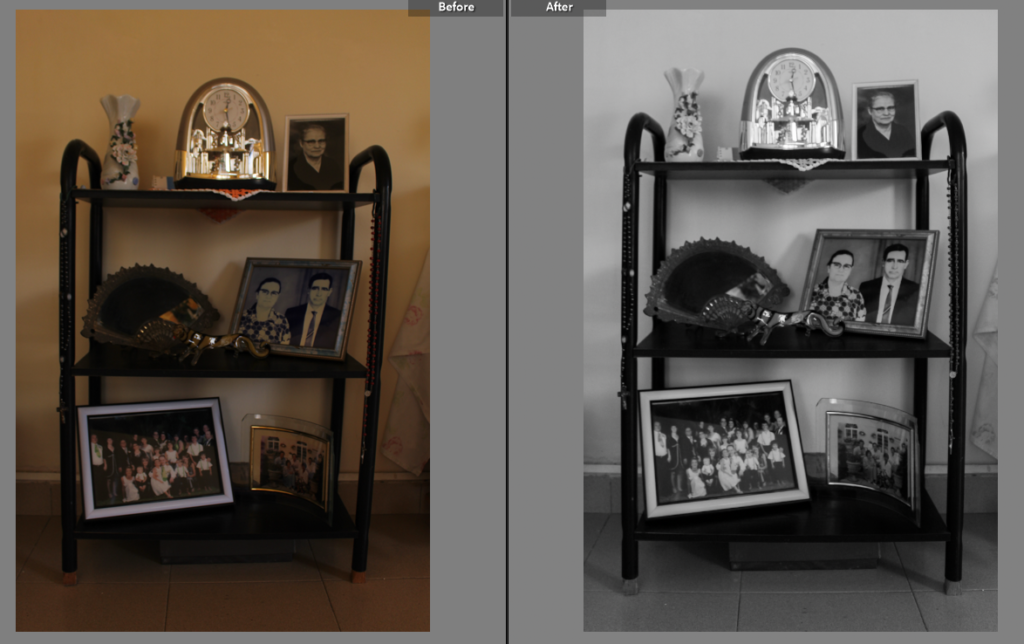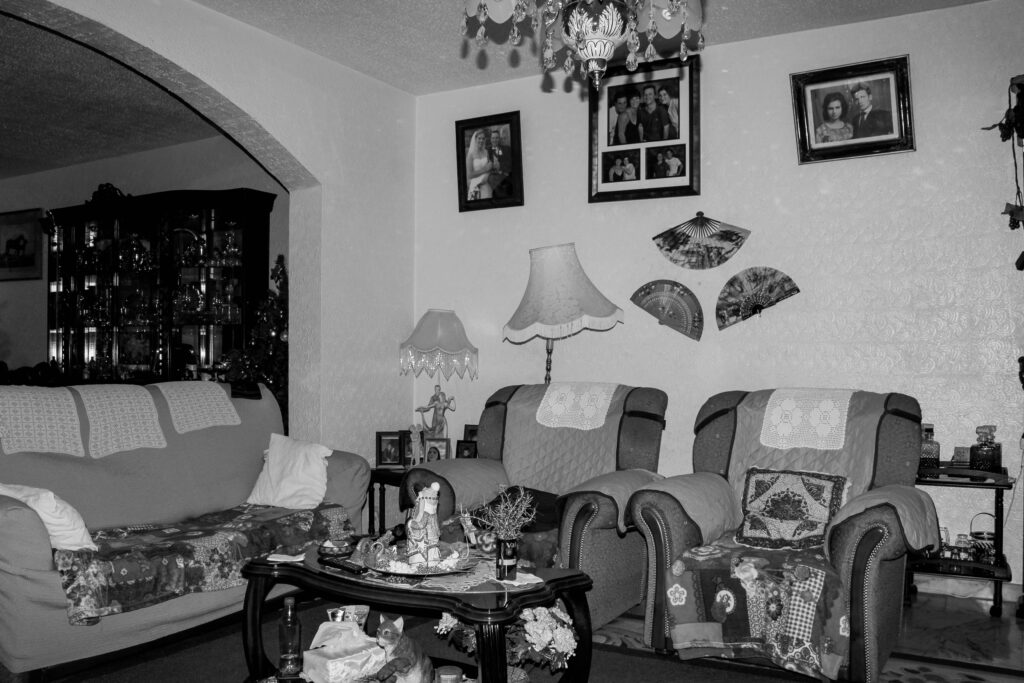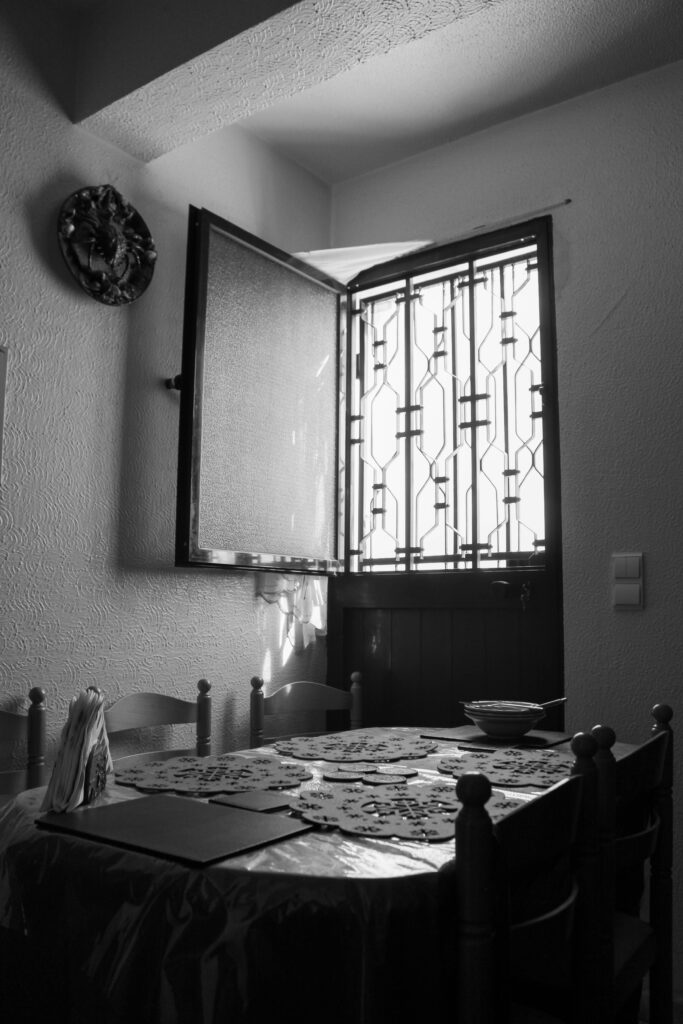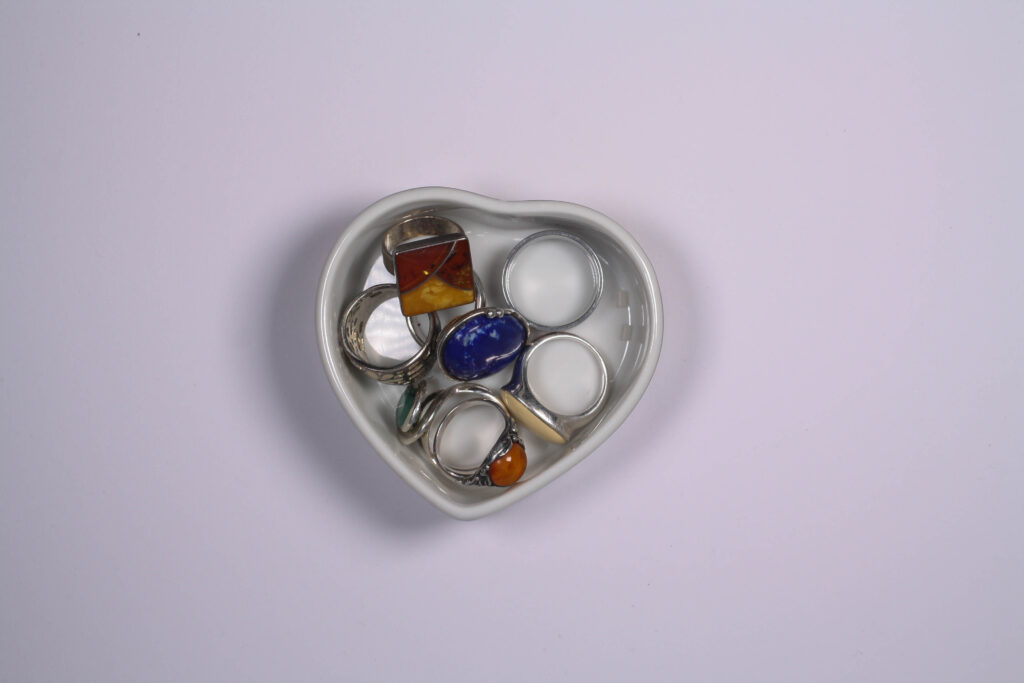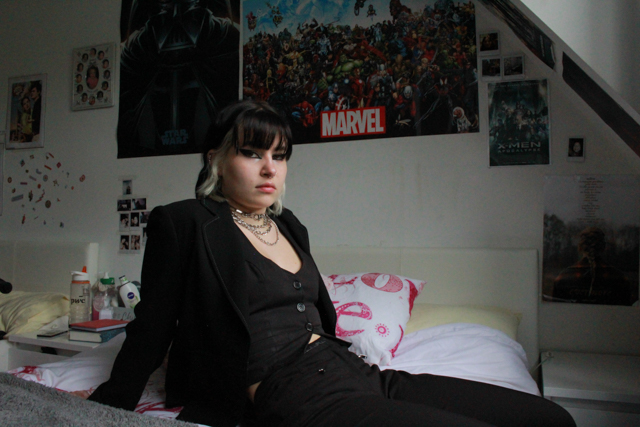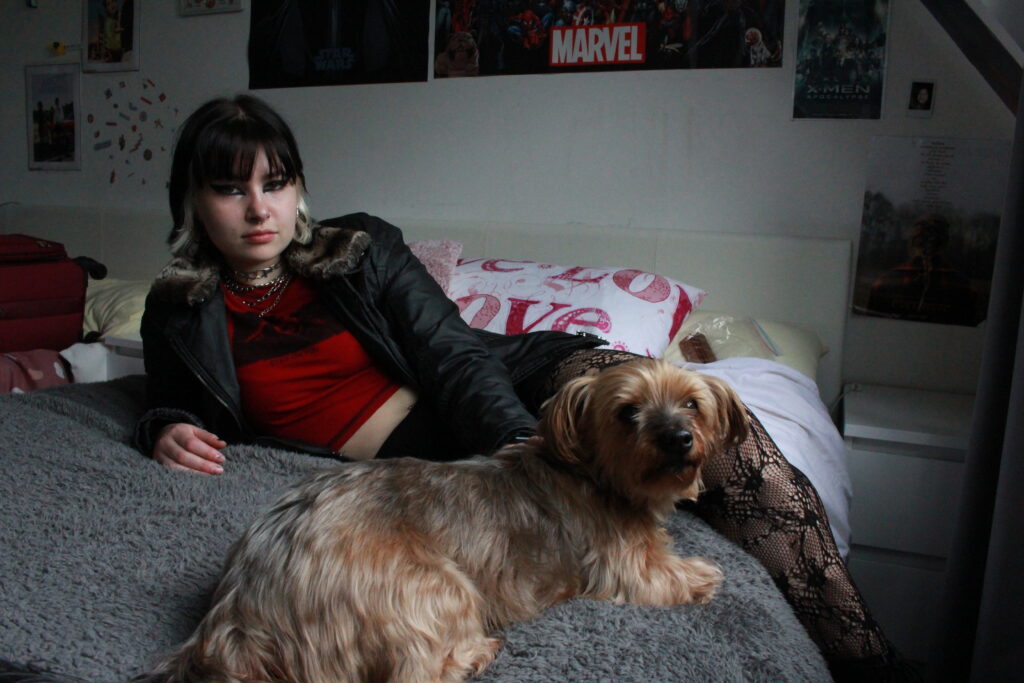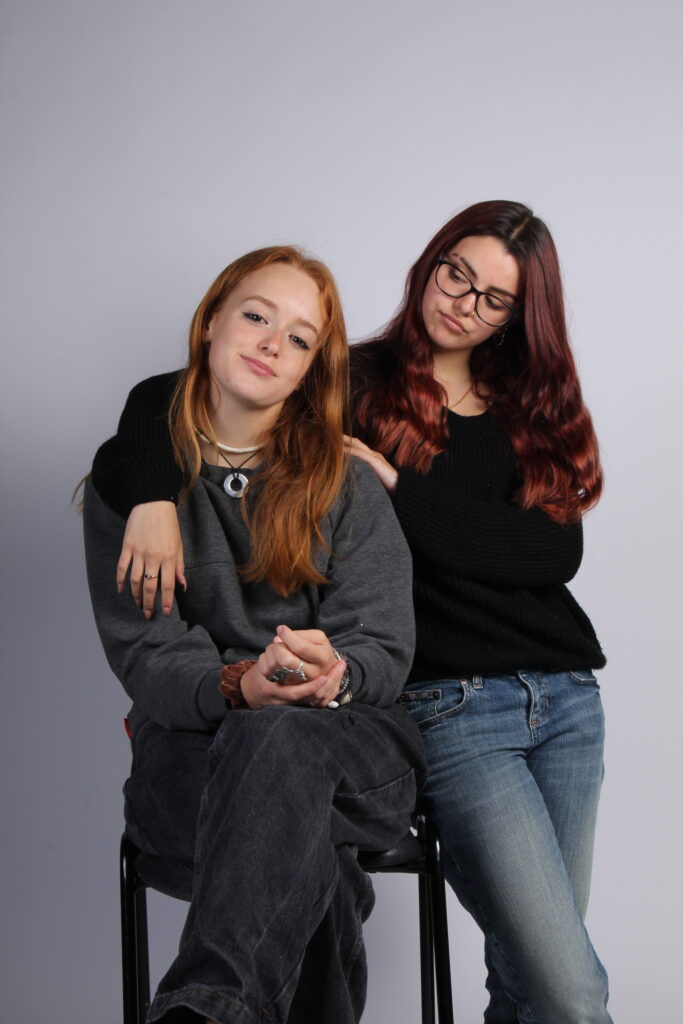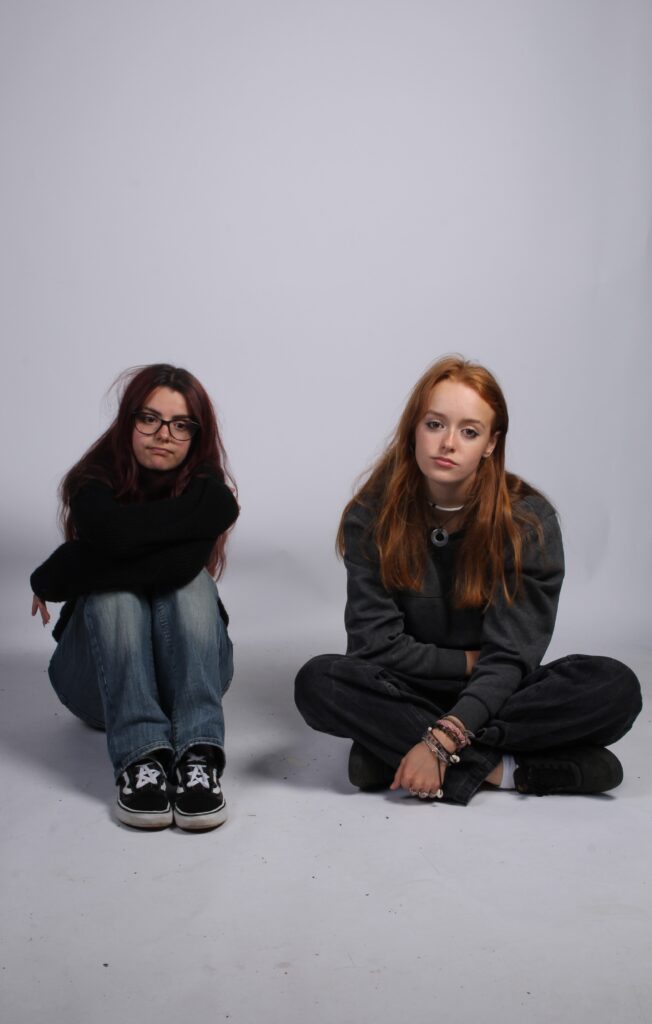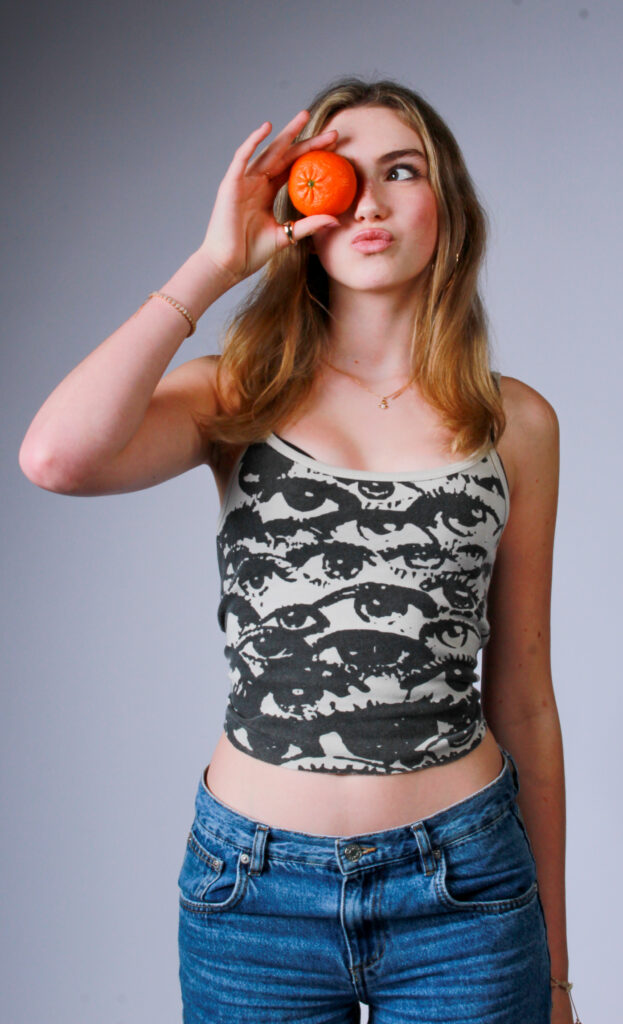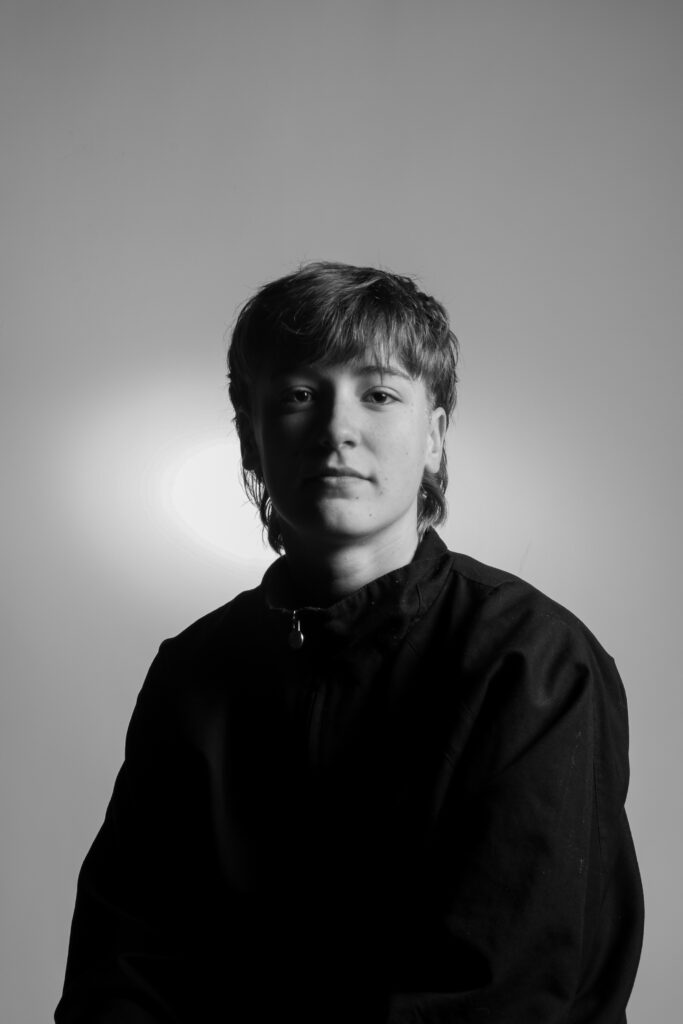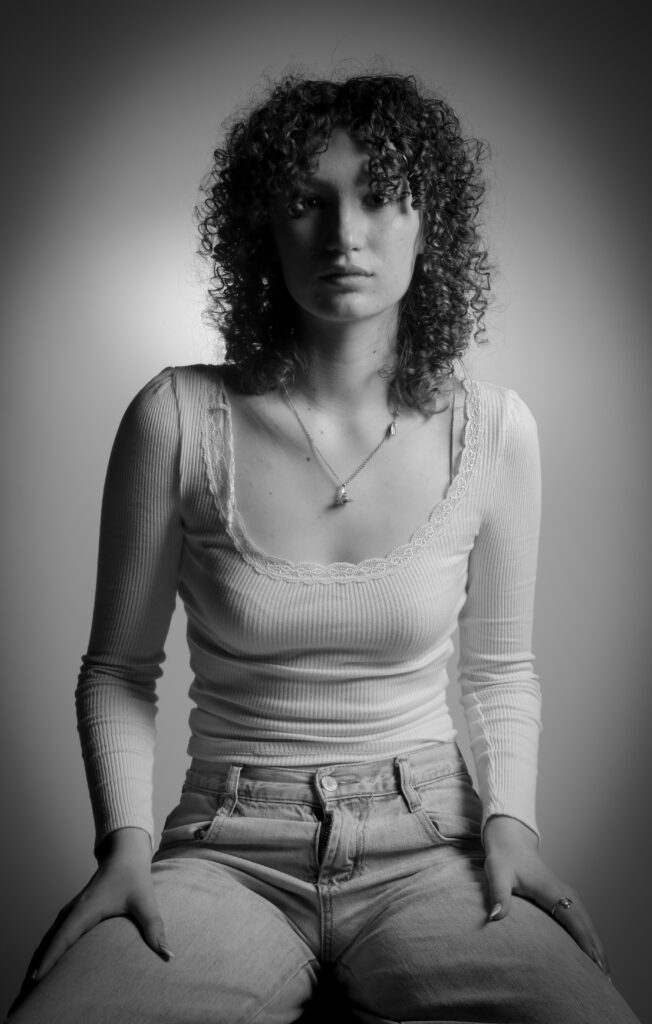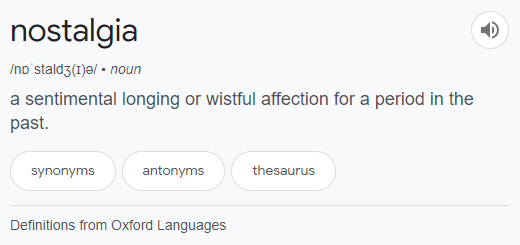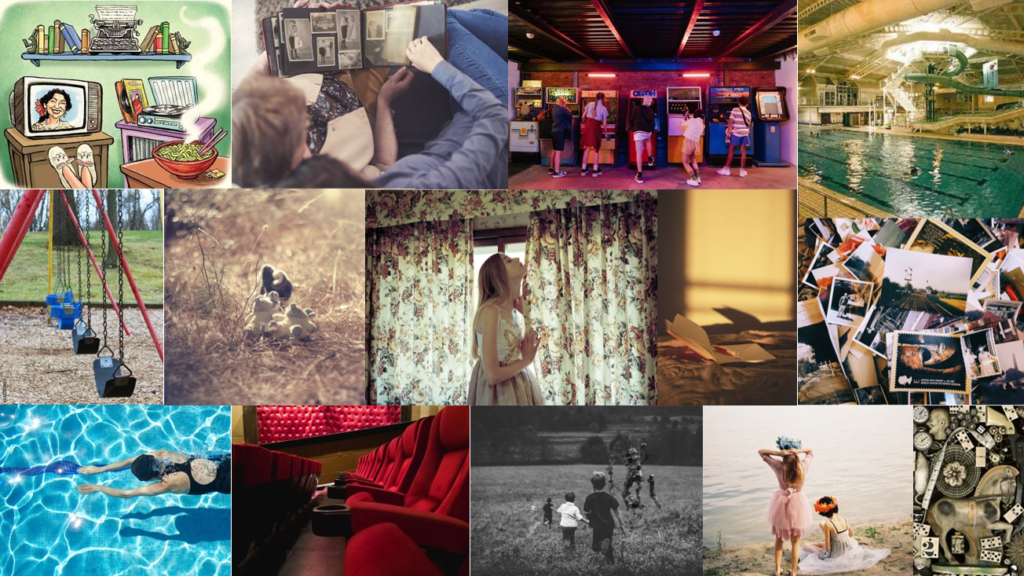https://hautlieucreative.co.uk/photo17ase/wp-content/uploads/sites/21/2018/01/S.-Sontag.-On-Photography-Ch1.pdf
Essay Question
How do Latoya Ruby Frazier and Alessandra Sanguinetti express the notion of family history and relationships in their work?
In what way have Latoya Ruby Frazier and Alessandra Sanguinetti explored childhood memories through their work as a method of understanding identity and self-expression?
In what way have Latoya Ruby Frazier and Alessandra Sanguinetti explored the notion of family history and childhood memories as a method of understanding identity and self-expression?
Essay draft
Essay question:
Opening quote: “Photographed images do not seem to be statements about the world so much as pieces of it, miniatures of reality that anyone can make or acquire.”
Sontag, S (1977), On Photography. London: Penguin Books
Introduction (250-500 words):
Photographs are a way of documenting and capturing moments in time to preserve them. This quote by Susan Sontag highlights, how although this definition is true, photographs cannot always capture the whole truth. Capturing special moments with photography to look back on allows us to gift ourselves a nostalgic feeling. So, in my project, when revisiting elements of my childhood and family, I will thus be creating a nostalgic feeling for myself. Although I cannot recreate these special memories, I can show aspects of what my childhood was like as well as expressing certain emotions through my work.
My project is focussing on my childhood and upbringing, while also acknowledging my heritage. I want to do this as I believe this will communicate a sense of self and allow me to explore and piece together aspects of my ancestry unfamiliar to me. By taking inspiration from previous projects (home, identity, etc) I will be taking portraits of family and photographs of significant objects, as well as occasional landscapes. My personal study will explore my dual nationality, portraying both my English and Madeiran heritage from each of my parents.
I will be comparing the works of artists Latoya Ruby Frazier and Alessandra Sanguinetti. During my research, I found that I liked their styles of photography. They both capture inspiring photographs of their family, creating a combination of both classic and environmental portraits. Latoya Ruby Frazier’s work is typically in black and white which I arguably find more incising and meaningful. By stripping a photograph of its colour, it allows the viewer to gaze more deeply into it and its potential meanings and story being presented. She also captures occasional objects and landscapes in her work which are significant to her and her story. Whereas Alessandra Sanguinetti’s work is predominantly in colour, expressing life and emotion through her photographs. Both artists create a mixture of both documentary and staged images. I wish to compare these artists throughout this essay while addressing themes of identity and self-expression. By studying these artists, I can explore how childhood memories influence these themes and allow myself to explore this throughout my personal study project.
Pg 1 (500 words): Analyse first artist/photographer in relation to your essay question. Present and evaluate your own images and responses.
Latoya Ruby Frazier – link to childhood memories through her work as a method of understanding identity and self-expression.
- elements of pictorialism or realism in the work?
- what are their influences?
- what photographic traditions and conventions are being applied in their work?
Pg 2 (500 words): Analyse second artist/photographer in relation to your essay question. Present and evaluate your own images and responses.
Alessandra Sanguinetti – link to childhood memories through her work as a method of understanding identity and self-expression.
Pg 3 (500 words):
Conclusion (250-500 words): Draw parallels, explore differences/ similarities between artists/photographers and that of your own work that you have produced
I created a collection of photographs while in Madeira over the Christmas holidays, capturing familiar landscapes from trips when I was younger, like family homes for example. I also captured few pictures of family, street photography, environmental portraits, etc in a documentary-type style. I conduct some more photoshoots upon returning to Jersey; trying to capture the family I have on island.
By creating a photobook for my project, it allows me to establish a storyline throughout the series of images and show the progression of my life between these to places significant to me. This will create the story of my identity, showing my family, to capture the essence of having my dual heritage.
Bibliography
Döblin, A (2003), August Sander: Face of Our Time. Munich: Schirmer Art Books.
Sontag, S (1977), On Photography. London: Penguin Books
In-text reference example:
…this is the point that Döblin makes when he writes, ‘death has carried out a massive retouching operation’. (Döblin 2003: 9)
MON: Academic Sources
- Research and identify 3-5 literary sources from a variety of media such as books, journal/magazines, internet, Youtube/video that relates to your personal study and artists references .
- Begin to read essay, texts and interviews with your chosen artists as well as commentary from critics, historians and others.
- It’s important that you show evidence of reading and draw upon different points of view – not only your own.
- Take notes when you’re reading…key words, concepts, passages
- Write down page number, author, year, title, publisher, place of publication so you can list source in a bibliography
Bibliography
List all the sources that you have identified above as literary sources. Where there are two or more works by one author in the same year distinguish them as 1988a, 1988b etc. Arrange literature in alphabetical order by author, or where no author is named, by the name of the museum or other organisation which produced the text. Apart from listing literature you must also list all other sources in alphabetical order e.g. websites/online sources, Youtube/ DVD/TV.
https://latoyarubyfrazier.com/
https://hautlieucreative.co.uk/photo21al/wp-content/uploads/sites/41/2021/01/Tableaux-Photography.pdf
https://hautlieucreative.co.uk/photo17ase/wp-content/uploads/sites/21/2017/07/Documentary-Photography.pdf
https://archive.nytimes.com/lens.blogs.nytimes.com/2014/10/14/latoya-ruby-fraziers-notion-of-family/
https://alessandrasanguinetti.info/about/bio
https://www.photopedagogy.com/uploads/5/0/0/9/50097419/week_5_abigail_solomon-godeau_inside_out.pdf
https://www.newyorker.com/culture/photo-booth/off-the-shelf-the-adventures-of-guille-and-belinda




